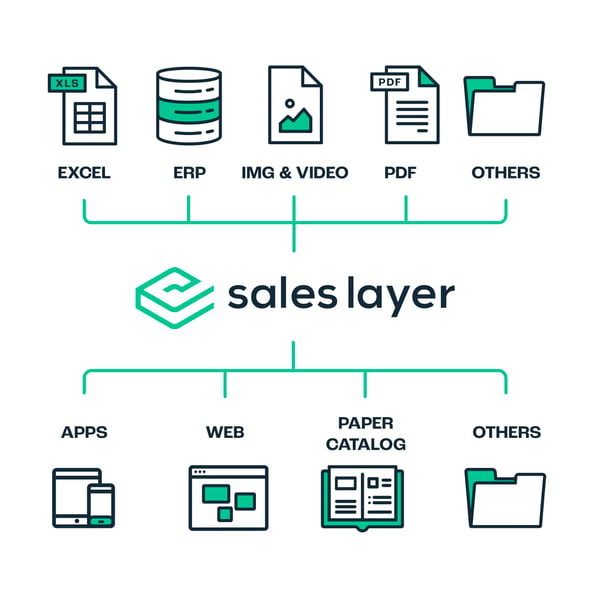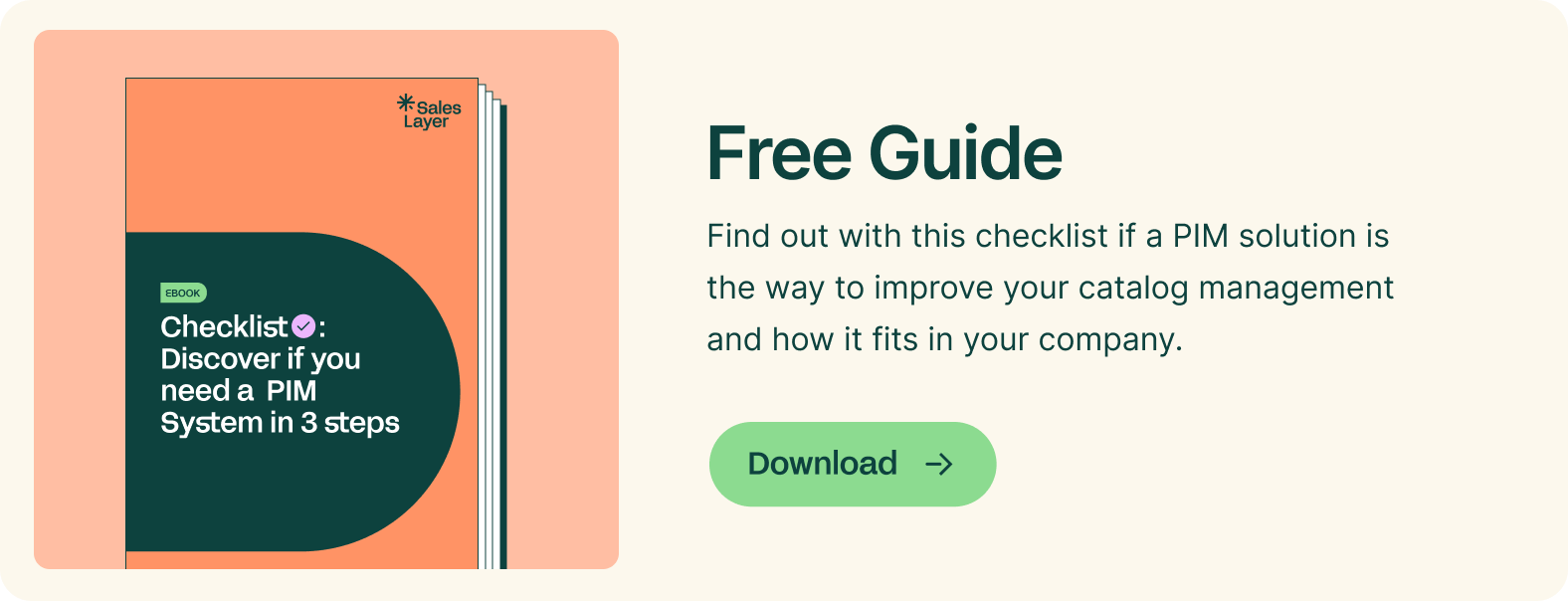
Understanding the differences between a Digital Asset Management (DAM) and Product Information Management (PIM) system is vital for businesses seeking to organize and optimize their product catalogs.
Businesses often receive conflicting advice about which software to implement, leading to confusion about each system's distinct functions and unique uses.
What is a DAM System?
DAM covers a comprehensive process of storing, cataloging, and managing a business's digital resources.
When a company is managing a substantial amount of images, videos, audio, and files shared across multiple channels and platforms, a DAM system can be invaluable in maintaining control of digital materials to ensure brand consistency. Although many companies are in this situation and would benefit from a DAM, the need for a DAM solution extends beyond businesses that sell products.
What is a PIM System?
PIM is a tool designed to manage, organize and centralize all the digital data and product content of companies that sell products through online or offline channels, including:
- Ecommerce sites
- Marketplaces
- Social media
- Mobile apps
- Printed catalogs
PIM is powered by the information provided by the company’s Enterprise Resource Planning (ERP) and often stores data in the cloud, similar to some cloud-based DAM systems.
A PIM is responsible for enhancing and enriching content across all channels where products are sold. It synchronizes all associated resources to the products, such as:
- Pictures
- Descriptions
- Text translations
- Categories
- Fields
- Families
- Videos
In essence, PIM ensures that a company’s information and product content is well-organized, updated, error-free, and stored in one centralized source of truth with clear data ownership. This data consistency has a positive impact on traffic and enhances sales conversion rates.
Discover our in-depth guide to PIM here.

Do you need both a PIM and a DAM System?
The need for both a PIM and DAM system depends on the specific needs of your company. Both systems are distinct and serve different purposes, making them non-replaceable and not mutually exclusive.
A PIM system focuses on organizing and managing all product attributes, including but not limited to:
- SKUs
- GTIN numbers
- Images & Videos
- Translations
- Geographical or industry-specific regulatory requirements
- Marketing campaigns
It is an indispensable tool for companies involved in cataloging and selling products, as it automates processes and ensures high-quality content management that cannot be achieved manually.
On the other hand, a DAM system is not specifically catered for product information. It is designed to organize materials unrelated to products but associated with other company departments, marketing efforts, and branding initiatives.
If your company’s primary activity is cataloging and selling products, a PIM system is essential for centralizing and optimizing your product catalog. However, if you don’t sell products but handle a substantial amount of digital data for other purposes (e.g. social media, client events) a DAM system would be an appropriate solution.
Using a DAM and PIM system in conjunction with one another is possible; a PIM manages product content while a DAM takes care of other corporate materials.
When it comes to effective and optimized data management for ecommerce, a PIM is an ideal solution. Get started with a 30 day free trial and a personalized demo of Sales Layer PIM.




.png?width=520&name=Blog%20Partner%20(3).png)



.png?width=520&name=3200x1796%20(3).png)
